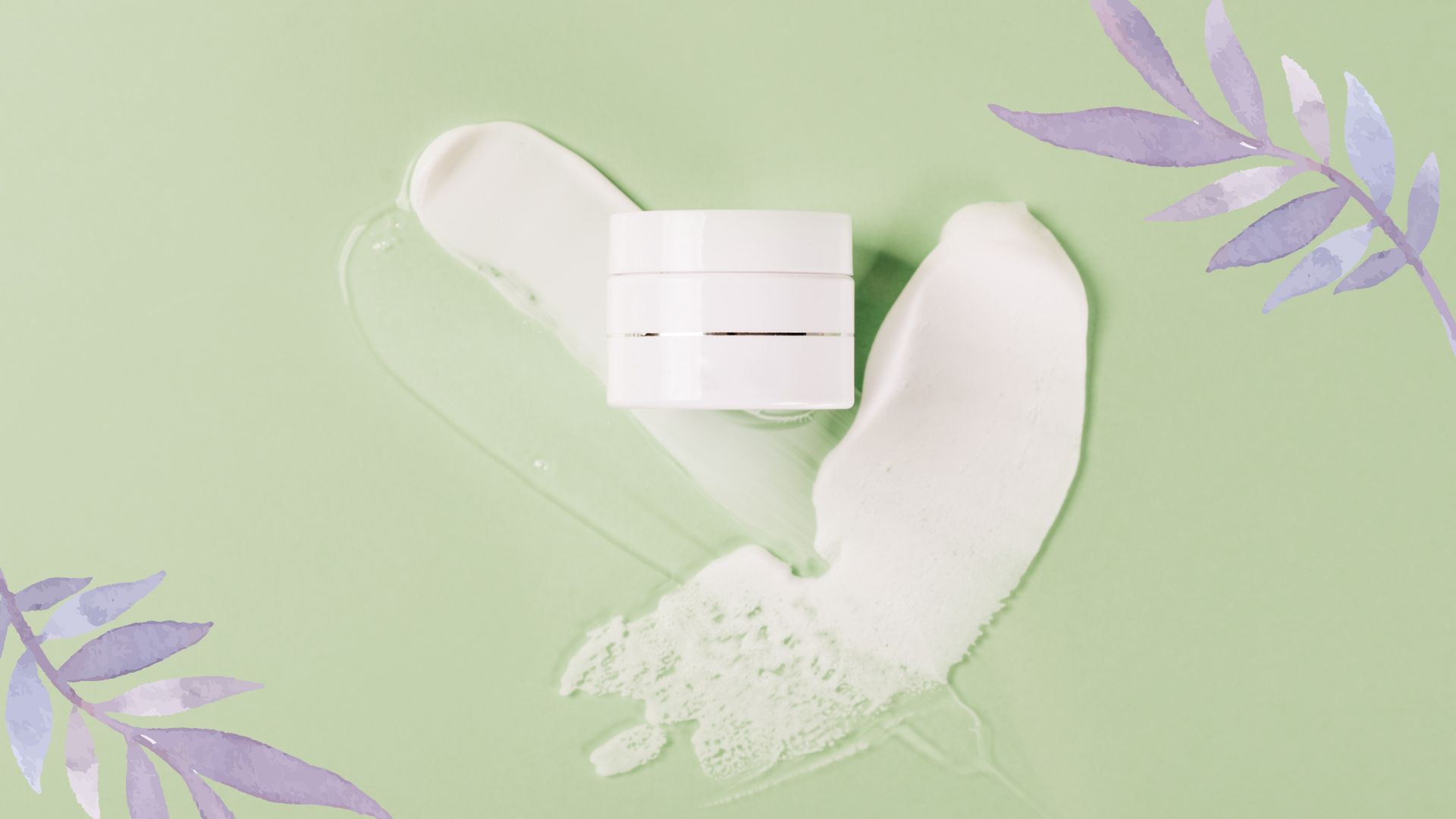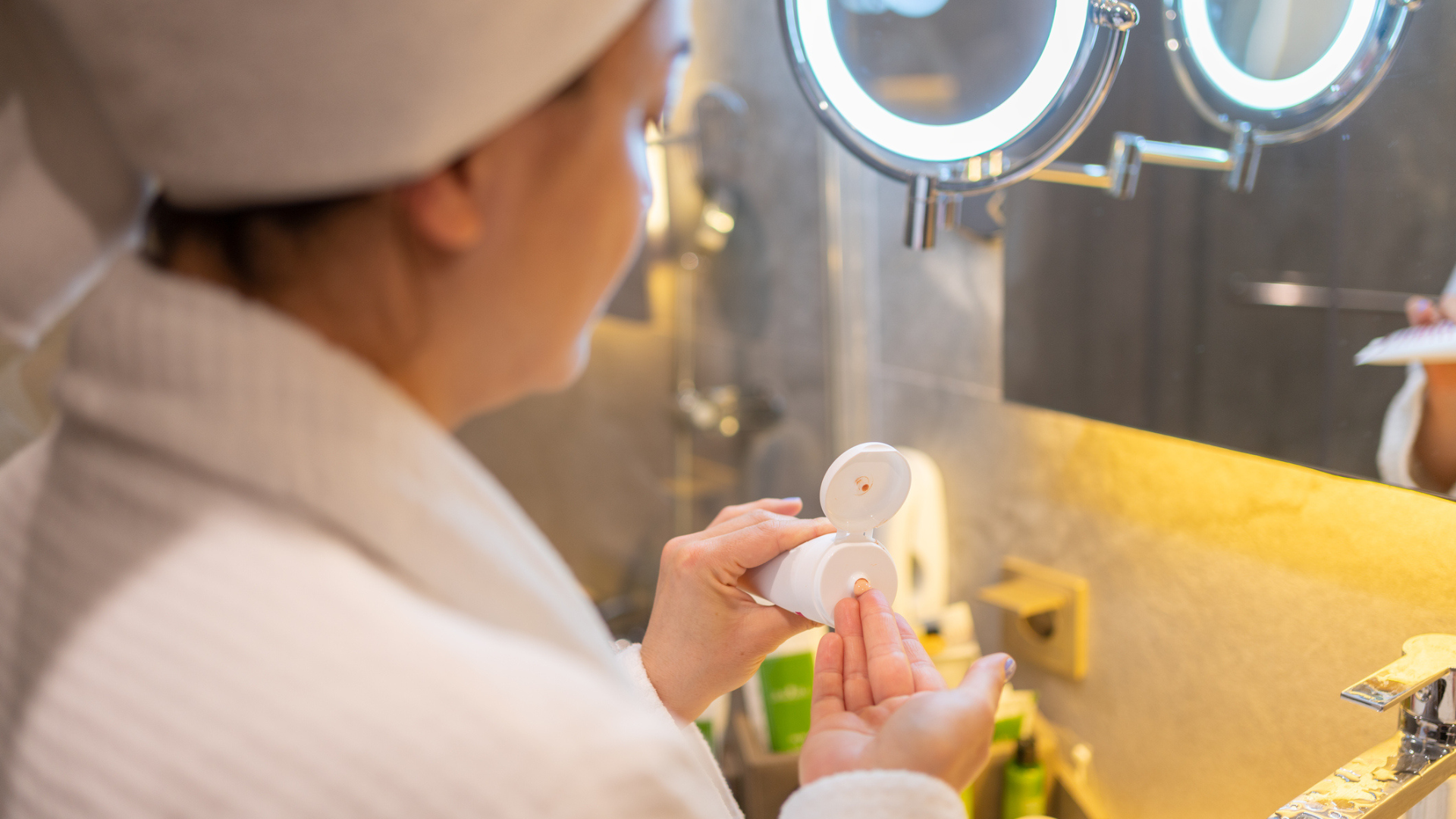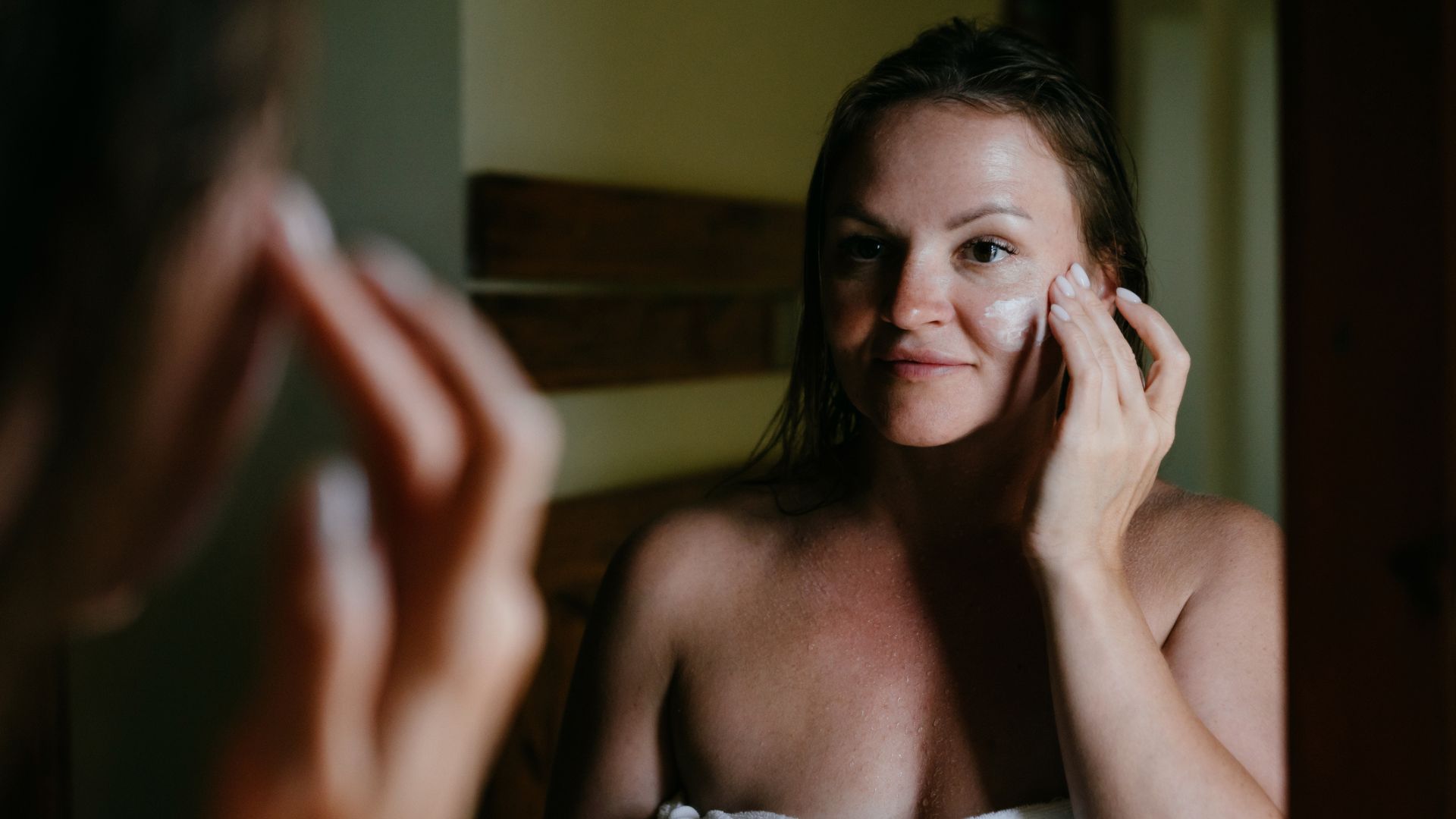Should you apply sunscreen or moisturizer first? We asked the experts
Wondering whether to apply sunscreen or moisturizer first? It's a common SPF conundrum. Luckily, we're here to solve it for you


Should you apply sunscreen or moisturizer first? Unlike the quandary of who came first, the chicken or the egg, there’s a clear winner here, with a science-backed argument stacked on one side.
Getting to grips with the order in which you need to apply all your skincare products is a daunting task. As a Beauty Editor, it’s my job to know this kind of thing, but I have been known to make an actual chart for my mom to help her work out where her retinol should come in her routine.
If you’ve got as far as your best facial sunscreen and your best face moisturizer, which come at the very end of your morning routine, I’d say you’ve done a pretty stellar job so far. But, to make sure you don’t fall at the final hurdle, I asked three skincare experts to explain (in simple terms) how to use moisturizer and SPF together.
Should you apply sunscreen or moisturizer first?
Not sure whether to apply sunscreen or moisturizer first? Moisturizer and sunscreen are both in your routine for different reasons. “Moisturizer helps to hydrate and nourish the skin, while sunscreen forms a protective barrier against UV rays,” says Dr. Ifoema Ejikeme, consultant and founder of the Adonia Medical Clinic. “Moisturiser should be applied first, followed by sunscreen. Applying moisturizer first ensures that your skin is adequately hydrated before applying sunscreen.” Not only will this make your skin more comfortable, but it will allow your sunscreen to work to its maximum potential as it won’t be soaked up by thirsty complexions. “The final layer on your skin has to be sunscreen so it isn’t diluted down by your moisturizer,” adds consultant dermatologist and La Roche Posay ambassador Dr. Hiva Fassihi.
A helpful way to think about remembering if it’s sunscreen or moisturizer first of it is a bit like putting on an outfit. If it’s a cold, wet day and you want to stay warm as well as dry, you need to put your jumper on before your waterproof coat. If you put them on the other way around, all you’re going to do is end up cold and with some very soggy knitwear. If that's all a bit too much for you to take in, you could also invest in one of the best face moisturizers with SPF, killing two birds with one stone - although we'd only recommend this in cooler months where you don't need optimum levels of sun protection.
What happens if you apply your moisturizer after your sunscreen?
We’ve now learned the right order of sunscreen or moisturizer first, but what if you’ve made a misstep with your routine and applied your moisturizer after your sunscreen? A bit like the ability to spray hairspray on your armpits when you’re tired, it happens. But what does this mean for your skin? “You will disturb the film created by the sunscreen layer, resulting in less UV protection,” advises skin expert Dr. Sam Bunting. This obviously isn’t ideal, but thankfully Dr. Ejikeme reassures us that “it’s not the end of the world. The most important thing is that there is sunscreen on the skin.” It’s easy to rectify too, as you can just add another layer of SPF over the top. If you feel like you’ve reached saturation point and are risking your skin resembling a swimming pool if you add more liquid, use a lightweight spray sunscreen for a soft yet effective extra layer. Our guide on how to reapply sunscreen might help you out, too.

How long do you need to wait after applying moisturizer before you apply sunscreen?
Working out which to apply first is one thing, but how long should the gap be between applying moisturizer and sunscreen? Mornings are busy, and there’s a tendency to haphazardly throw skincare in the direction of our skin without really thinking too much about what sticks. However, when it comes to layering moisturizer and sunscreen, a bit more consideration is needed. “Every layer needs about 5 minutes so I would wait approximately this long to allow your moisturizer to be taken in by the skin,” says Dr. Fassihi. You probably want to utilize this time rather than simply sitting at your dressing table scrolling on your phone, so we’d say use this SPF-sized gap in your morning routine to brush your teeth or get dressed. Once it’s your moisturizer is touch-dry (the best lightweight moisturizers will dry the quickest), it’s fair to assume you’re good to move on to sunscreen.
Sign up to our free daily email for the latest royal and entertainment news, interesting opinion, expert advice on styling and beauty trends, and no-nonsense guides to the health and wellness questions you want answered.
How long do you need to wait after applying sunscreen before you apply makeup?
The experts might agree about the fact that you should apply moisturizer first, but they aren’t in full agreement about how long to wait between applying sunscreen and putting on your makeup. “It depends on the texture of your sunscreen but usually two to five minutes,” says Dr. Ejikeme. For Dr. Fassihi, the timeframe needs to be a bit longer. “I would say about 10 to 15 minutes,” she advises. Play around with timings and see what works for you. Leaving a gap will not only ensure you’re not compromising on protection but will also stop your sunscreen from interfering with the finish of your makeup. Some SPFs can be greasy to the touch or have a white cast, both of which can distort your base.
Another solution is to double up, combining sunscreen and makeup in one product. “I’m a fan of the tinted sunscreen,” says Dr. Bunting. “It’s why I selfishly created my own. It’s a real post-pandemic trend, where customers want the fewest products possible to feel both pulled together and protected – a full face of foundation feels a little dated right now.” Having a two-in-one product also means you don’t have to worry about how to reapply sunscreen over makeup or compromise on coverage or protection. Win-win. Read our round-up of the best moisturizers with SPF for our favorite dual-purpose picks.

Do you still need sunscreen if your moisturizer has SPF?
There’s a lot of confusion about whether you still need to use a separate SPF if your moisturizer already contains protection and it’s one of the most common sunscreen mistakes after not knowing whether or not sunscreen expires. “Most people believe that the Sun Protection Factor (SPF) in their moisturizer is enough to protect their skin from sun damage but this is not true,” says Dr. Fassihi. “We do not apply moisturizer thickly enough to give us the level of protection promised and would need to apply at least four times as much to achieve the SPF. After all, moisturizers are designed primarily to moisturize the skin and not to provide UV protection.”
The problem of not applying enough is particularly common if you follow a skincare routine for oily skin. “People apply moisturizer just where they need it, which means often skipping the t-zone or applying less where the skin is more oily,” explains Dr. Bunting. “SPF must be applied evenly on every inch of skin. I often recommend patients with oily skin skip moisturizer altogether in the summer and instead focus on correct SPF application.” Consider too that SPF only indicates protection from UVB rays, but not from UVA which are responsible for the majority of skin aging. To shield from both, you’ll need to be using a broad-spectrum sunscreen.
Jess Beech is an experienced fashion and beauty editor, with more than eight years experience in the publishing industry. She has written for woman&home, GoodtoKnow, Now, Woman, Woman’s Weekly, Woman’s Own and Chat, and is a former Deputy Fashion & Beauty Editor at Future PLC. A beauty obsessive, Jess has tried everything from cryotherapy to chemical peels (minus the Samantha in Sex and The City-worthy redness) and interviewed experts including Jo Malone and Trinny Woodall.
